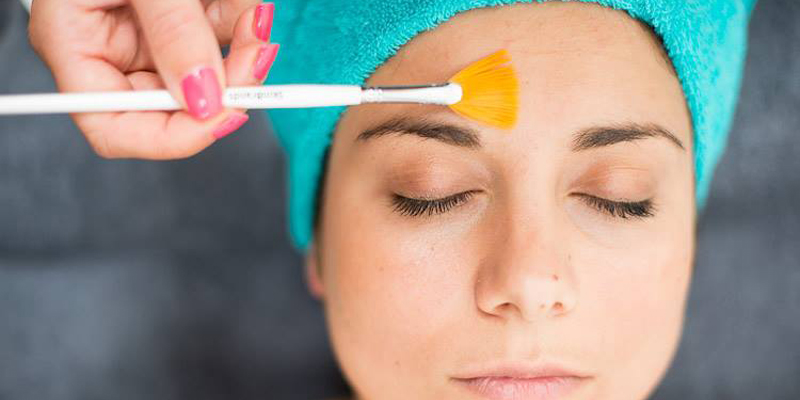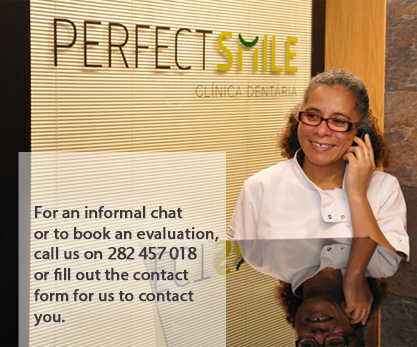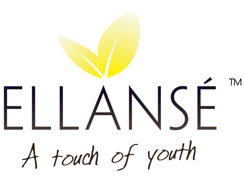 Chemical Peel
Chemical Peel
Chemical peeling is the topical application of chemical agents to the skin, which causes controlled destruction of part or the entire epidermis, with or without the dermis, leading to exfoliation and removal of superficial lesions, followed by regeneration of new epidermal and dermal tissues.
Chemical peels can be classified into:
i) very superficial (exfoliation) which includes destruction of the stratum corneum without creating a wound below the stratum granulosum,
ii) superficial (epidermal) including destruction of part or all of the epidermis, anywhere from the stratum granulosum to the basal cell layer,
iii) medium (papillary dermal) with destruction of the epidermis and part or all of the papillary dermis and
iv) deep (reticular dermal) which includes removal of the epidermis and papillary dermis, extending into the reticular dermis.
Superficial chemical peels are currently performed with various compounds including trichloroacetic acid (TCA), alpha hydroxy acid (glycolic acid) and Jessner's solution (14% lactic acid, 14% resorcinol and 14% salicylic acid in ethanol). TCA produces superficial peeling (minimally invasive) when used in dilutions from 10 to 35%.
Indications for chemical peeling include pigmentary disorders, acne and superficial acne scars, skin aging and benign epidermal growths. Relative contraindications may include dark skin type of the patient and patient with unrealistic expectations. Meanwhile, absolute contraindications include active bacterial, viral or fungal infection, open wounds, pre-existing inflammatory dermatoses, non-cooperative patient (regarding sun exposure or application of sun block) and history of abnormal scarring, keloids, atrophic skin or isotretinoin use in the last 6 months.










